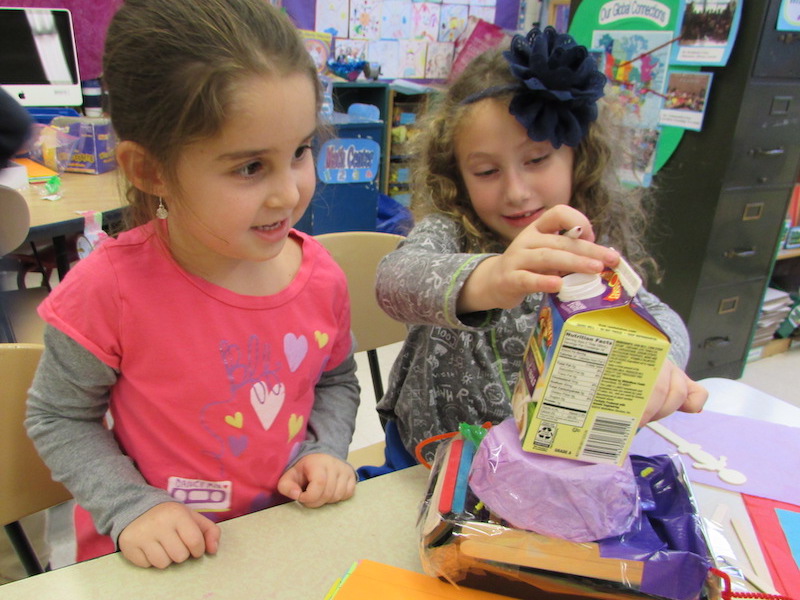The Role of Arts in STEAM Education
This blog is brought to you from a guest contributor, Romina Jordan.
There is a missing component in STEM education. As more and more schools choose to highlight the STEM disciplines, it is crucial for kids to also grow their learning in arts. That’s why today’s educators have incorporated STEAM curriculum — an interdisciplinary approach that aims to encourage holistic learning all throughout a child’s academic life. Here, we’ll take a deep dive into why the arts are an integral part of STEAM education and how schools can integrate arts into the mix from preschool all the way to higher education.

Why are the Arts Important in STEAM Education?
More than just shaping how students express themselves, art in STEAM education also impacts a student’s higher learning skills. Below, we’ve listed what students can gain from STEAM education.
Improves Decision-Making Skills
Part of the creative process is knowing how to take risks and create thoughtful solutions if a situation proves challenging. This is something that is continually experienced in arts education. As a student becomes more experienced with assessing challenges in a specific art project, they learn to hone their decision-making skills. This kind of learning development is pivotal in developing STEM skills like coding, where students are required to think logically and creatively when faced with heavy roadblocks.
Refines Creativity
As students explore how to better express themselves through art, they also refine and develop their creative skills. This allows them to gain a better understanding of information from other disciplines that they are learning. For example, there’s evidence that kids who are intuitively creative fare better in solving math problems. This is because novel problems can’t be solved solely by tried-and-tested processes. With enhanced creativity, students can visualize concepts better and digest them at a much faster pace to solve problems more easily. This also helps them adapt to new challenges as they get older — something that no single formula or protocol can do.
Drives Academic Achievement
Evidence shows that students who are exposed to and engage in arts are more likely to achieve scholastic achievement consistently throughout their academic life. Being enrolled in art classes helps children develop resilience and a growth mindset, which can also seep into their non-art interests. Furthermore, art classes encourage students to be more introspective — building their confidence and deepening their self-understanding. Thus, preparing a student emotionally for a competitive setting can inspire them to attain academic and life excellence.
How Can Academic Institutions Highlight Arts in STEAM Education?
Today, more and more educators and learning institutions are using STEAM principles to educate their students. For one, teachers are looking to integrate STEAM and literacy to further develop their students’ cognitive skills. This can be done by practicing visual thinking exercises, transposing abstract STEM concepts into art interpretations, and enhancing comprehension strategies through reciprocal teaching.
Educators can also look to unconventional teaching methods to help students digest hard-to-understand concepts. This type of teaching is widely used for younger learners who can only comprehend complex concepts when it’s cut into small, digestible pieces. One technique that could be used is storytelling, which can help children create a connection between abstract concepts and real-life examples. This type of learning is evident in technology like KIBO, an educational robot kit. KIBO helps children understand coding concepts by interjecting them with a fun and engaging narrative — helping them understand basic coding elements like “if/then” statements or sequential commands.
And for this movement to effect lasting change, it has to go from preschool all the way to higher education. Already, degree programs in computer science, recognizing that opportunities for students go far beyond technology and into almost any industry, have begun shifting the focus from purely technical skills. Computing and technology impact almost every aspect of human life, both on the personal and professional levels. STEAM education then is a way of preparing students with skills that are relevant to the 21st century but it has to be consistently developed from the primary level to higher education and beyond. By allowing students to hone their creativity, they can continue to develop their problem-solving and critical thinking skills — further preparing them for their future success in a rapidly evolving and increasingly challenging world.
While the industrial revolution has brought upon new technology-focused positions, arts in education should still be actively sought after. For students to have a well-rounded education, arts should be highlighted throughout their curricula.
About our guest blog contributor, Romina Jordan
Romina Jordan is a Hartford-based education consultant with a passion for helping educators develop curricula that bring out the best in their students. When she’s not working, Romina enjoys yoga and spending time with her two daughters.



















